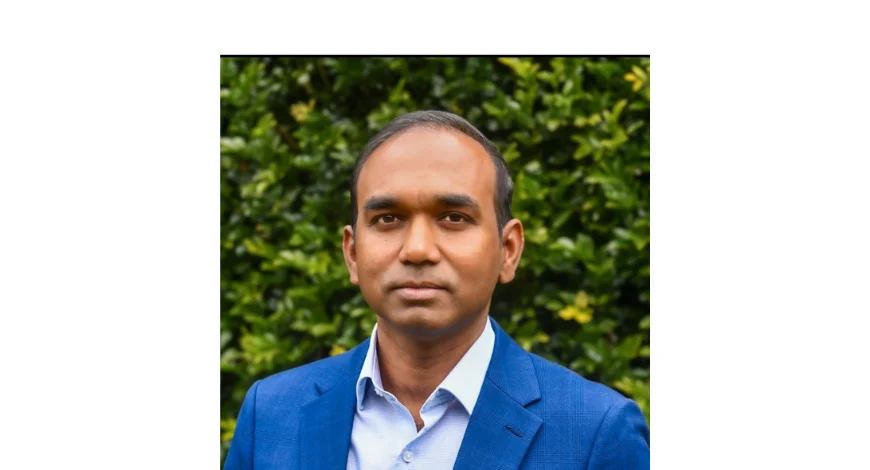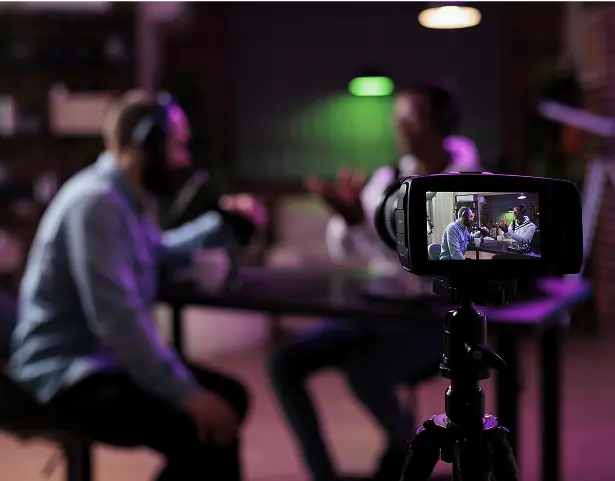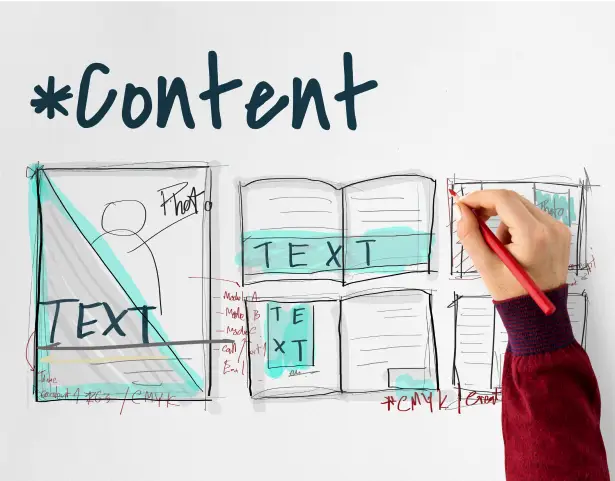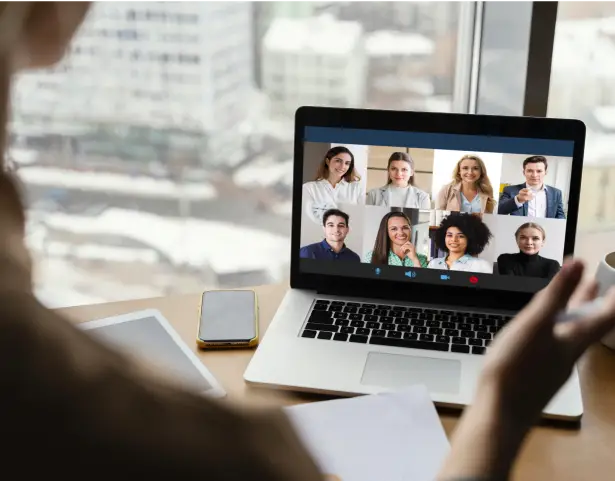
For MICE professionals, a great deal goes into the planning and execution of a successful event, and the team behind Singapore MICE Forum 2025 certainly pulled it off.
But what is unique to the event's third live run in the post-COVID period is that this was no longer just a MICE event, but a business event geared towards MICE professionals, one that would help broaden their perspectives and, in turn, lead to the evolution of the way events are done in Singapore and beyond.
SMF 2025 co-chair Adeline Lim shared: "Bringing in professionals from fields outside of the MICE experience was intentional. We'd like people to come and hear the insights shared from the outside. What they do next with the information they received during the forum is entirely up to them."
Indeed, there is a great deal that MICE professionals could pick up from fields as diverse as sport and sports coverage, even heading straight to food and beverage and hospitality, many of which have interacted with or required the services of events experts.
As the event has drawn to a close, we at Travel Daily Media share with you, our readers, the various key concepts presented throughout the course of SMF 2025.

Lessons from the field
Broaden your horizons and keep an open mind
The beauty of this year's SMF was how the majority of panellists weren't from the MICE sector, but came instead from fields as far off as haute couture and comedy productions in order to show professionals a different way of doing things.
Keeping an open mind also means becoming flexible, thus becoming more capable of dealing with evolving situations, especially given the uncertainty of today's world.
Flexible thinking also trains individuals and organisations to think fast on their feet, especially necessary in the event that they encounter situations wherein they need to come up with solutions on the fly.
While the brand is important, the people behind the brand are more important
When it comes to events, building a recognisable brand that works is the key to ensure audience recall, as well as longevity.
Think about it: the Oscars are one, the Olympics are another; in the contemporary context, we also have the likes of Paris Fashion Week and San Diego Comic-Con.
But people tend to forget that these events weren't exactly a flash in the pan: they were built up over time by people who dedicated themselves to make them work.
So, why not humanise a brand to make it more approachable, relatable, and memorable?
MICE professionals can make this possible by sharing behind-the-scenes looks at their events on social media or build excitement up prior to an event with talking heads teasing the insights they intend to share onstage.
This enables core audiences to appreciate the amount of effort that goes into bringing an event to life on top of building brand image and recall.
Leverage the power of technology
Love it or hate it, artificial intelligence (AI) is most probably here to stay; so why not get some good use out of it in the context of MICE?
AI's applications for events are manifold: while admittedly imperfect, the technology can be used to transcribe oral interviews and panel discussions which, at the end of the event, may be condensed into an official summary for dissemination to participants via the official event website or social media accounts.
At major international events like the Macau International Travel Expo and ITB China earlier this year, AI was also put to work for automatic translation: an especially useful addition given the global audience in attendance, many of whom had little to no understanding of the local lingua franca.
Likewise, we are already seeing the extensive use of QR codes for fielding questions for speakers, holding polls throughout the duration of a session and revealing results as they come in, and getting post-event feedback from participants.
Hardware matters when it comes to connectivity
The necessary equipment for staging events now goes beyond microphones, projectors, sound systems, and lighting.
Aside from projection screens on which to flash a speaker's presentation, today's events go the extra mile and offer live broadcast studios for podcasters and content creators, enabling them to share their experiences from the floor to their followers in real time.
This aspect was an offshoot of the pandemic and led to the development of hybrid events, further expanding the scope of MICE in the post-pandemic era as they bring events to those who may not be able to attend in person.
On a more mundane level, placing tablets with pre-installed applications or relevant content for the use of event participants also helps in boosting onsite interactivity.
Make the most of your online presence
I have personally noticed, particularly among corporate events in Asia, that related social media accounts tend to seem underutilised.
Most of the time, social media tends to be used for pre-event marketing; hype-building, so to speak.
However, MICE professionals should not discount the ability of their socials to amplify the total impact of their event.
Thanks to app functions like Instagram Live and Facebook Live, organisers have the ability to bring a wider audience base to where the action is currently happening.
At the same time, recordings posted after an event (even immediately after a session) can boost follower engagement on so many different levels, depending on whether these are full-length video footage or more easily digestible snippets or reels.
Also, while they may be temporary, short-form stories posted on social media also give viewers the opportunity to be at an event if only for a fleeting moment; add a poll related to the content, and the event's engagement stands to grow at a significant rate.

On to the next one...
The post-mortem of any event is the time when both organisers and suppliers can look back and see the minutiae, so to speak, of what just came to pass.
This part of the event brings up participant feedback, and this should always be interpreted in a positive light; a challenge, to be exact, to make the next event better.
Indeed, as the organisers of SMF 2025 put it: the feedback, the notes, and the learnings are all there; what you as organisers, suppliers, or even participants do with all that is entirely up to you.




















